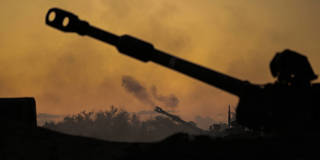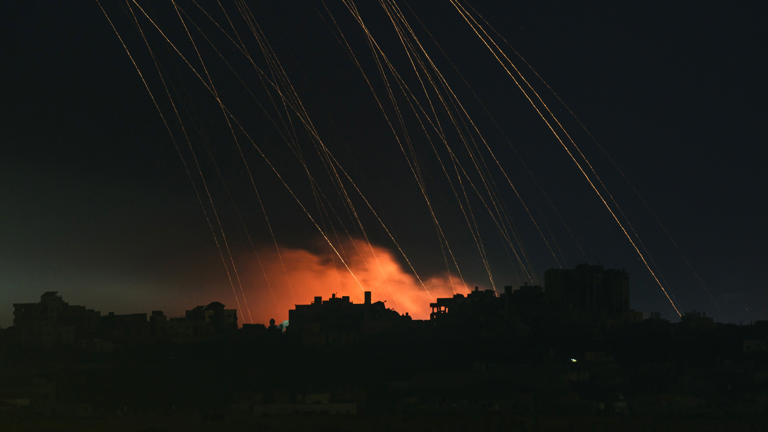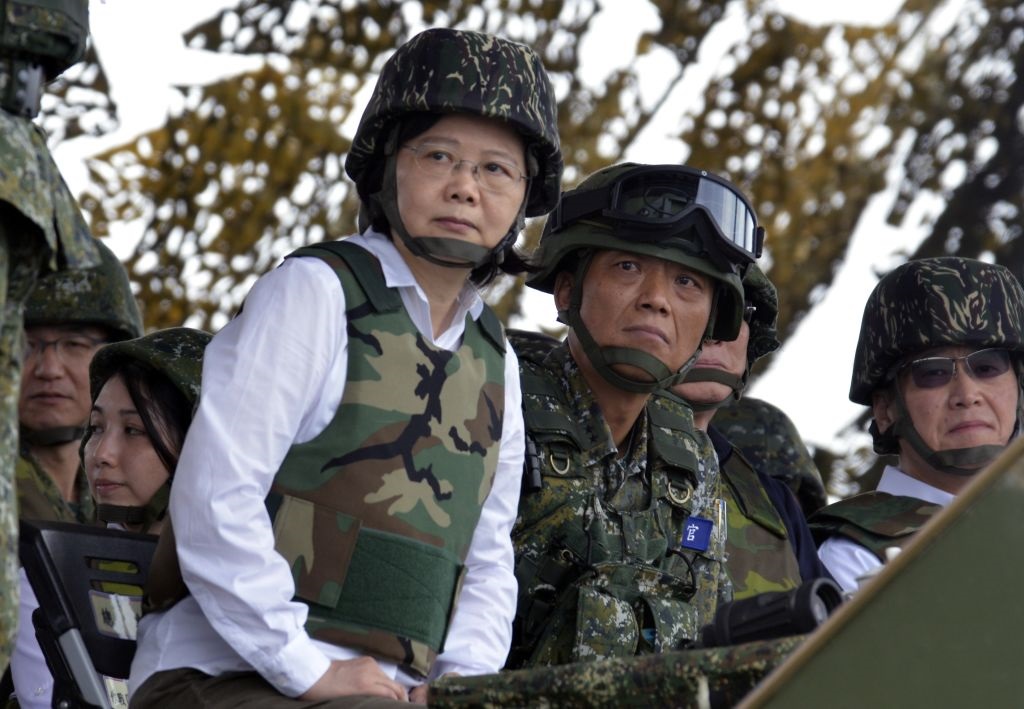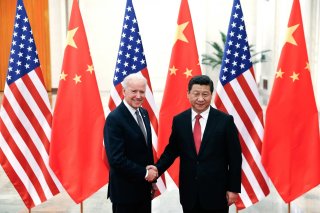Victoria Kim and Shashank Bengali
Israeli troops are fighting in the heart of southern Gaza’s largest city, a military commander announced on Tuesday, describing some of the heaviest combat of the two-month war amid growing concerns that there is almost nowhere left for civilians to flee.
After days of warning civilians to leave the city, Khan Younis, Israeli forces stepped up their attacks overnight. Intense bombing was heard early Tuesday from inside Nasser Hospital, the city’s largest, where many Palestinians who have sought shelter were sleeping in hallways.
“We are in the most intense day since the beginning of the ground operation — in terms of terrorists killed, the number of firefights and the use of firepower from the land and air,” the commander of Israel’s southern military command, Maj. Gen. Yaron Finkelman, said in a statement. “We intend to continue to strike and secure our accomplishments.”

















